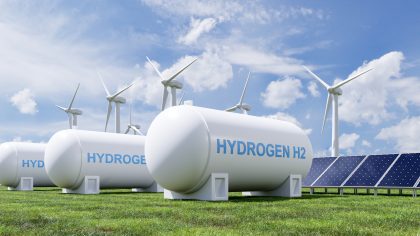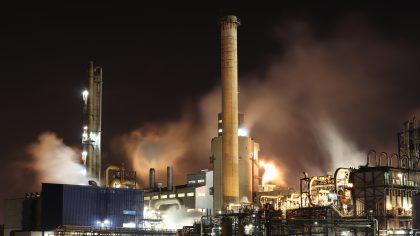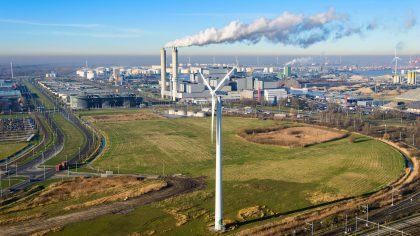All information in the datasheets is also available in ESDL (Energy System Description Language). You can find them in the Energy Data Repository (EDR).
Biomass boiler for built environment >5 MWth
The functional unit MW refers to MWth input. The number of full load hours of such a boiler can vary greatly. It is assumed that the boiler covers a large part of the base load and can also function as a seasonal boiler. That is why the full load hours are set to 6,000.
The solid biomass potential can be based on the biomass potential studies conducted by DNV GL and the Biomass Policies project. These studies looked at the biomass potential in the Netherlands. The feedstock categories included are: waste wood, forest residues, fuel wood (refers to only current fuel wood use), nature and landscape biomass, and woody/lignocelluloses dedicated crops (this category is included in the Biomass Policies project). These studies indicate the solid biomass potential to be in the range of 41-46 PJ in 2020, increasing to 58.7-72.8 PJ in 2030.
The import potential to the Netherlands is more difficult to determine. It will depend, amongst others, on the policy frameworks within the EU member states and outside. The biomass potential in Europe has been defined by a number of studies. The most recent ones are Biomass Policies (Elbersen et al, 2015 ), JRC EU-TIMES (Ruiz et al., 2015) and BioSustain (PWC, 2017). Amongst these studies, the lowest range (referred to as low availability) and the highest range (referred to as high availability) are observed in the JRC study. According to this study, in 2020 the lowest and the highest EU total biomass potential are 8.33-18.17 EJ. In 2030, this range is 8.61-19.97 EJ and in 2050 it is 8.16-21.13 EJ. How much of this potential can be considered as import potential to the Netherlands will depend on the national policies of each country and the intra EU trade developments regarding wood chips and wood pellets.
There is also wood chips and wood pellets import potential to Europe and to the Netherlands from regions outside of the EU (form the US, Canada, Russia and Ukraine, Latin and Central America etc). Biomass Policies defines the import potential as 16.67 EJ in 2030, whereas JRC defines it as 0.28-0.52 EJ, increasing to 0.94 EJ.
Downloads
Biomass boiler for built environment >5 MWthGerelateerde publicaties

Effecten van waterstofimport op de industrie in Nederland
Exploration of the effects of (partially) replacing Dutch fertiliser and iron and steel production with imports

De weg naar toekomstbestendige petrochemie
Exploration of transition strategies in Dutch refineries and organic chemicals industry for climate policy

Toename aandeel hernieuwbare warmte
Haalbaarheid van de RED III-doelstellingen met het huidige beleid